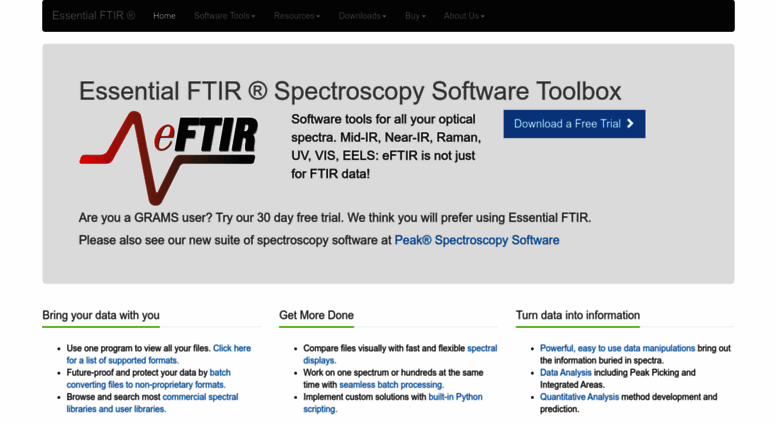

Analytical approaches for bloodstain aging by vibrational spectroscopy: current trends and future perspectives. Application of ATR-FTIR for a rapid and simultaneous determination of sugars and organic acids in apricot fruit. 2020 20(sup2):8–28.īureau S, Ruiz D, Reich M, Gouble B, Bertrand D, Audergon JM, Renard CM. Assessment of morphological traits and fruit metabolites in eleven fig varieties ( Ficus carica L.). Hssaini L, Charafi J, Razouk R, Hernández F, Fauconnier ML, Ennahli S, Hanine H. Color and antioxidant characteristics of some fresh fig ( Ficus carica L.) genotypes from Northeastern Turkey. 2018 24(5):881–7.Įrcisli S, Tosun M, Karlidag H, Dzubur A, Hadziabulic S, Aliman Y. Impact of maturity on phenolic composition and antioxidant activity of medicinally important leaves of Ficus carica L. Recent advances in drying and dehydration of fruits and vegetables: a review.

EPR studies of \(\), OH, and 1O 2 scavenging and prevention of glutathione depletion in fibroblast cells by cyanidin-3-rhamnoglucoside isolated from fig ( Ficus carica L.) fruits. Solomon A, Golubowicz S, Yablowicz Z, Bergman M, Grossman S, Altman A, Kerem Z, Flaishman MA. Antioxidant activities and anthocyanin content of fresh fruits of common fig ( Ficus carica L.). Solomon A, Golubowicz S, Yablowicz Z, Grossman S, Bergman M, Gottlieb HE, et al. This study suggests the use of fig peels for a high-level discrimination while using ATR–FTIR spectroscopy, since it provides high-throughput screening framework. Application of FTIR–ATR spectroscopy to discriminate fig cultivars seems to be a rapid, accurate and cost-effective alternative to laborious measurement techniques, in fig quality screening and preselection, such as chromatography analysis. The biochemical assessment and FTIR fingerprinting data were involved in PCA analysis, and that displayed some dissimilarities in the classification patterns, given the fact that antioxidant activities and chromaticity together could not totally explain the classification based on FTIR fingerprinting between peel and pulp. This cultivar had a light-colored fig and exhibited the highest antioxidant potency for all essays particularly in peel extracts. The pulp extracts of ‘Nabout’ showed a typical vibration in 3000–2800 cm −–1725 cm −1 regions and, therefore was classified as single subset in cultivars scatterplot. Principal components analysis based on integrated intensities corresponding to fingerprint regions, revealed two main groups in pulp samples, while five groups in peels samples. The highest vibration intensity occurred in the region of 1175–940 cm −1 including the phenols fingerprint. The results showed vibration intensities of five fingerprint regions displaying statically significant differences. Infrared spectra were measured separately on both peels and pulp to better know which fruit part provides high discrimination throughput between cultivars. In-vitro antioxidant activity was assessed through three methods and displayed statistically significant differences across cultivars and between the fruit parts, with promising antioxidant potency. The objective of this study was to investigate accurate discrimination of 25 fig cultivars using chemometric analysis of both ATR–FTIR fingerprinting and in-vitro antioxidant activity along with chromatic coordinates color. Vibrational spectroscopy analysis of full-ripened fig fruits ( Ficus carica L.) was acquired using Fourier-transformed infrared (FTIR) spectroscopy by attenuated total reflectance (ATR).


 0 kommentar(er)
0 kommentar(er)
